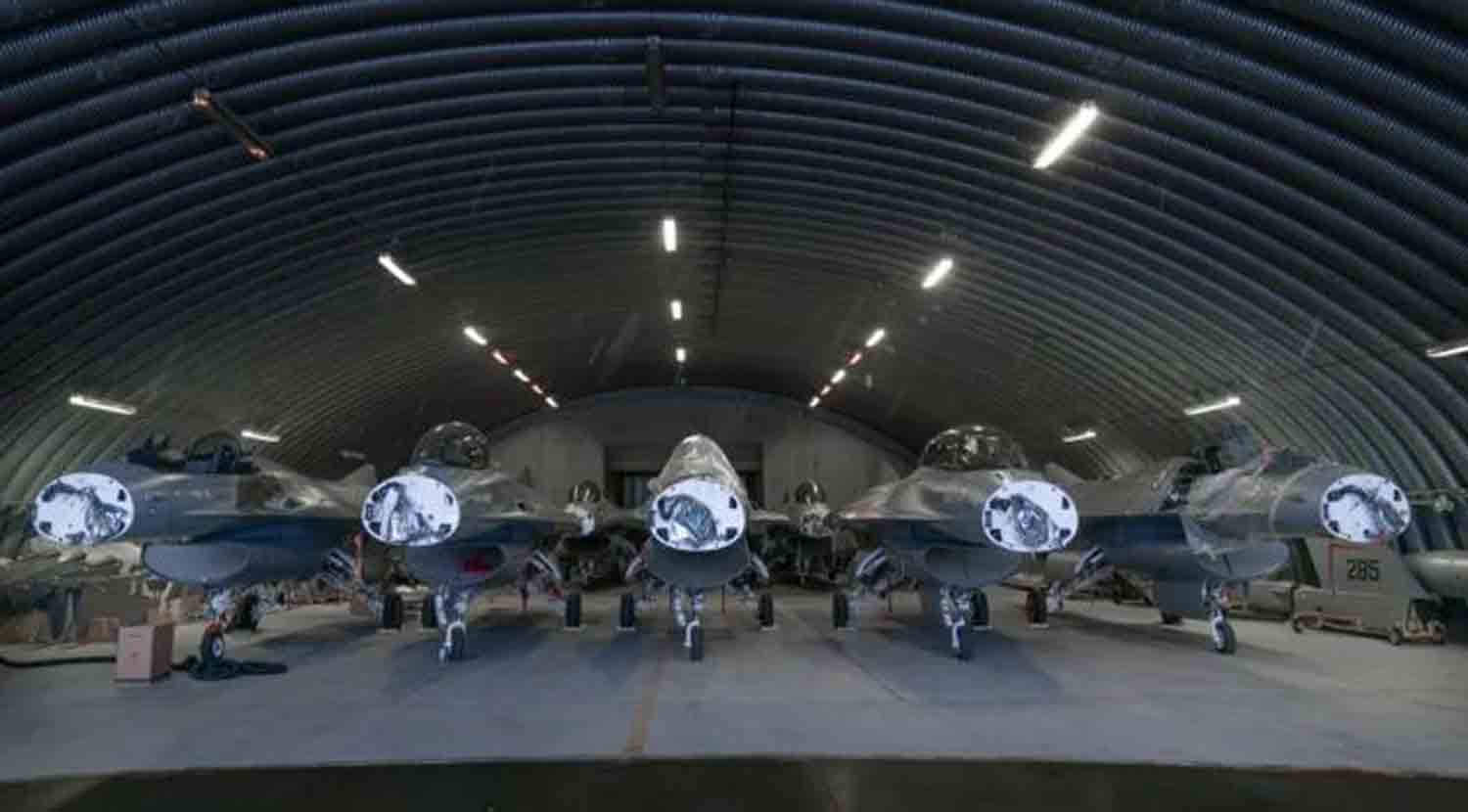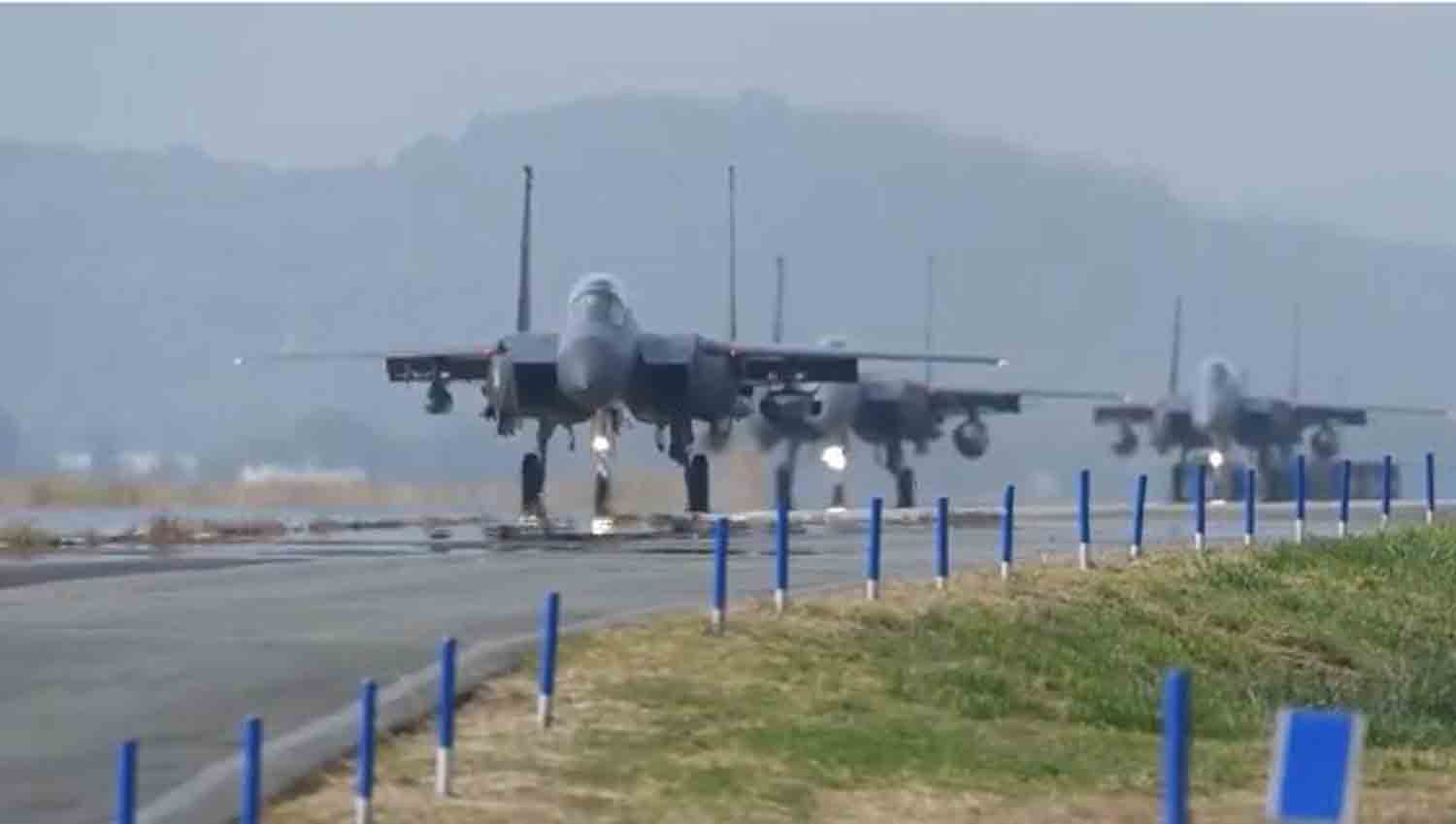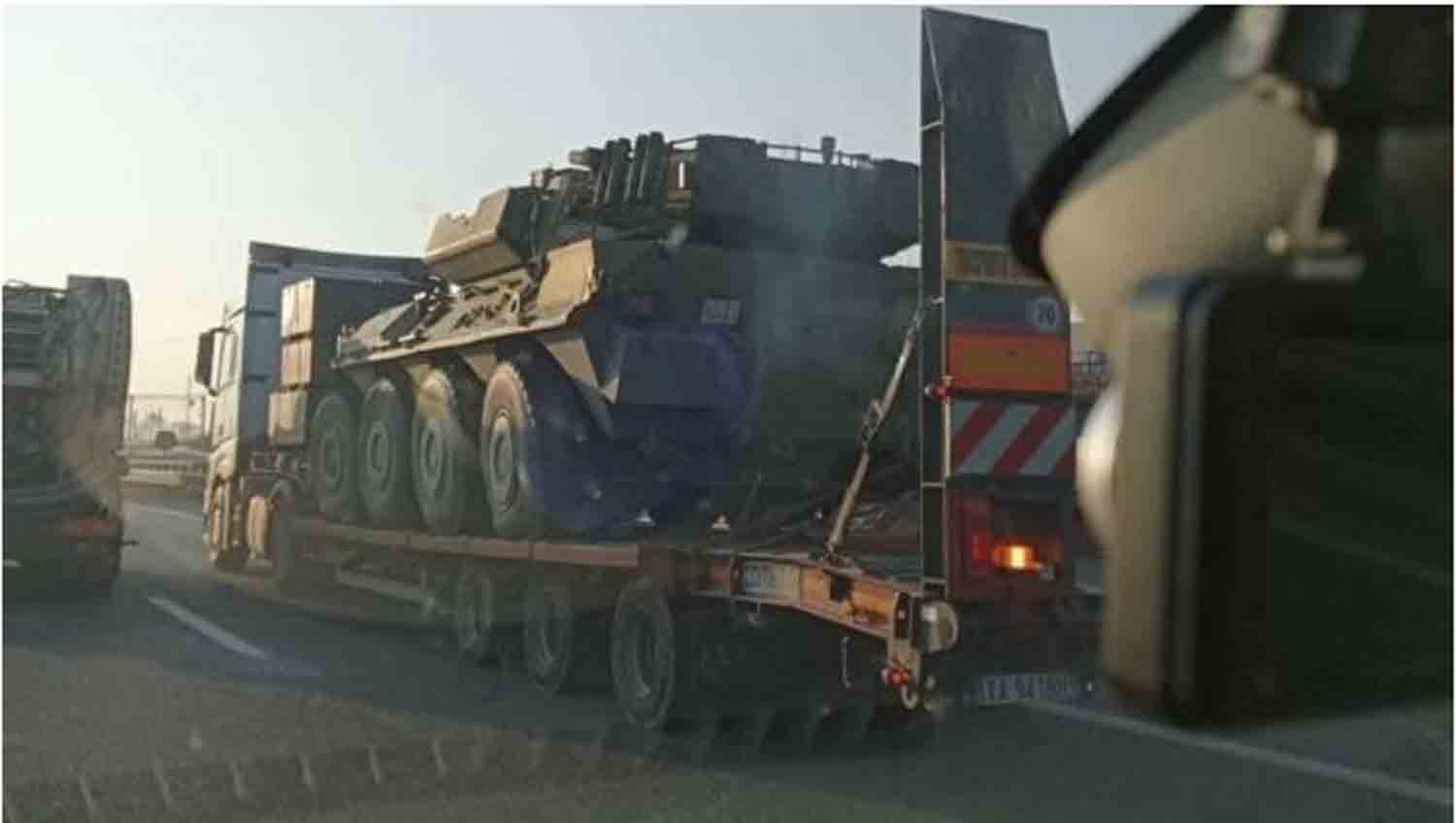In a recent conversation with Dutch Prime Minister Dick Schoof after a meeting in Munich, Ukrainian President Volodymyr Zelensky highlighted the enduring partnership between Ukraine and the Netherlands. He stressed the importance of achieving a fair resolution to the war and enhancing European unity.
Zelensky utilized the social media platform X to provide insights into their discussion, emphasizing a shared principle: no decisions regarding Ukraine should be made without Ukraine, and no decisions concerning Europe should occur without Europe.
He pointed out their collective recognition of the necessity to strengthen military capabilities, which serves as a protective measure not just for Ukraine, but for the entire European region. Zelensky expressed appreciation for the Netherlands’ unwavering support, commending the nation’s readiness to maintain and even increase its assistance, which he deemed essential for the overall stability of Europe.
A significant aspect of their dialogue was the expected continuation of F-16 fighter jet deliveries this year. Zelensky reiterated the need for “the sky over Ukraine to be closed and safe.” This appeal is part of a broader diplomatic effort with global leaders on February 21, as reported by ArmyInform, reflecting Ukraine’s determination to bolster its defenses amid the ongoing conflict.
The Netherlands has played a crucial role in enhancing Ukraine’s air capabilities, having already delivered some of the pledged F-16 jets. Dutch officials have confirmed that the initial batch of these advanced aircraft—estimated to be between 10 and 14 jets—has arrived in Ukraine, as part of a larger commitment of 24 aircraft promised by the Dutch government.
Following the completion of initial deliveries, there are still around 10 to 14 jets scheduled for transfer in the upcoming months, a topic discussed by Zelensky and Schoof in their recent conversation.
This initiative is part of a larger coalition effort, with contributions from countries such as Denmark, Norway, and Belgium, aiming to provide Ukraine with a total of up to 79 jets from Western allies. The ongoing deliveries into 2025 indicate a commitment to strengthening Ukraine’s capacity to address Russian aerial threats.
Historically, Dutch military experts have emphasized the significant role these F-16s could play in Ukraine’s military operations. In March 2023, former Dutch Defense Minister Kajsa Ollongren stated, “The F-16s will provide Ukraine with a substantial enhancement in its air defense capabilities. They are adaptable, dependable, and capable of engaging Russian aircraft that have been attacking Ukrainian cities and infrastructure.”
Her successor, Ruben Brekelmans, reinforced this view during his visit to Kyiv in October 2024, asserting, “These jets will enable Ukraine to drive Russian planes further from the front lines and safeguard cities like Kharkiv, which have endured continuous bombardment.”
Lieutenant General André Steur, commander of the Dutch air force, remarked at a NATO conference in 2023, “The F-16’s radar and missile systems can contest Russian air dominance, allowing Ukraine to manage its airspace more effectively.” These remarks illustrate a shared belief among Dutch officials that the jets could alter the dynamics in favor of Ukraine, providing both defensive and offensive capabilities against a formidable Russian air force.
Ukraine has commenced utilizing the F-16 fighter jets it has received, with several significant reports emerging in the media highlighting their impact on the battlefield. In early August 2024, President Zelensky confirmed the arrival of the jets and their initial combat operations, which included intercepting Russian missiles during a large-scale aerial assault on August 26.
Ukrainian military officials indicated that an F-16 successfully intercepted multiple incoming drones and missiles, safeguarding civilian areas from potential destruction. However, on the same day, one jet was lost, with the Ukrainian General Staff attributing the incident to a non-combat-related cause—likely pilot error or a technical malfunction—rather than enemy action.
Additionally, Bloomberg reported in October 2024 that F-16s played a crucial role in countering Russian glide bomb strikes near the eastern front, compelling Russian aircraft to operate from greater distances. While these early achievements are modest, they illustrate the jets’ potential to enhance Ukraine’s air defense capabilities and provide a morale boost to both military personnel and civilians.
Nevertheless, analysts and military experts warn that the F-16s are not a panacea for Ukraine’s broader wartime challenges. Their effectiveness is limited by several factors, including the relatively small number of jets delivered and the significant learning curve faced by Ukrainian pilots transitioning from Soviet-era MiG-29s and Su-27s.
Jens Stoltenberg, the former NATO Secretary General, cautioned in late 2023 that while F-16s would enhance Ukraine’s military capabilities, they would not lead to an immediate transformation of the situation on the ground. Russian air defenses, particularly the advanced S-400 systems, present a considerable threat, capable of engaging F-16s from considerable distances.
Moscow’s significant advantage in aircraft, with estimates exceeding 300 combat jets in the region, far surpasses Ukraine’s developing fleet. The loss of an F-16 in August highlighted the susceptibility of even advanced Western technology in contested airspace. Additionally, limitations imposed by certain donors, such as Belgium’s requirement that the jets operate solely over Ukrainian territory, restrict their offensive capabilities.
Logistical hurdles, including the procurement of spare parts and the establishment of secure airbases, further hinder the effective deployment of these aircraft, indicating that while the F-16s are valuable assets, they alone cannot shift the dynamics of the conflict.
The F-16s provided by the Netherlands are mainly from the F-16AM/BM variants, which underwent modernization through the Mid-Life Update (MLU) program. These single-engine, multirole fighters can reach speeds of up to Mach 2 (approximately 1,500 mph) and have a combat radius of around 340 miles when equipped with external fuel tanks, making them versatile for both air-to-air and air-to-ground operations.
They are outfitted with the AN/APG-66[V]2 radar, which enhances the detection of low-flying targets, and can carry a variety of munitions, including AIM-120 AMRAAM missiles for beyond-visual-range combat and AGM-65 Maverick missiles for precision strikes.
The Dutch aircraft also incorporate upgraded avionics, featuring digital cockpit displays and advanced electronic warfare systems that enhance pilot situational awareness. Although they are not the latest Block 70/72 variants, these MLU F-16s remain powerful, boasting a thrust-to-weight ratio of 1.095 and a service ceiling of 50,000 feet.
The adaptability of these systems enables Ukraine to engage Russian aircraft, neutralize enemy air defenses, and conduct ground strikes. However, their success is contingent upon the incorporation of Western-supplied munitions and the robustness of Ukraine’s supporting infrastructure in the face of continuous Russian assaults.
Discover more from Defence Talks | Defense News Hub, Military Updates, Security Insights
Subscribe to get the latest posts sent to your email.





